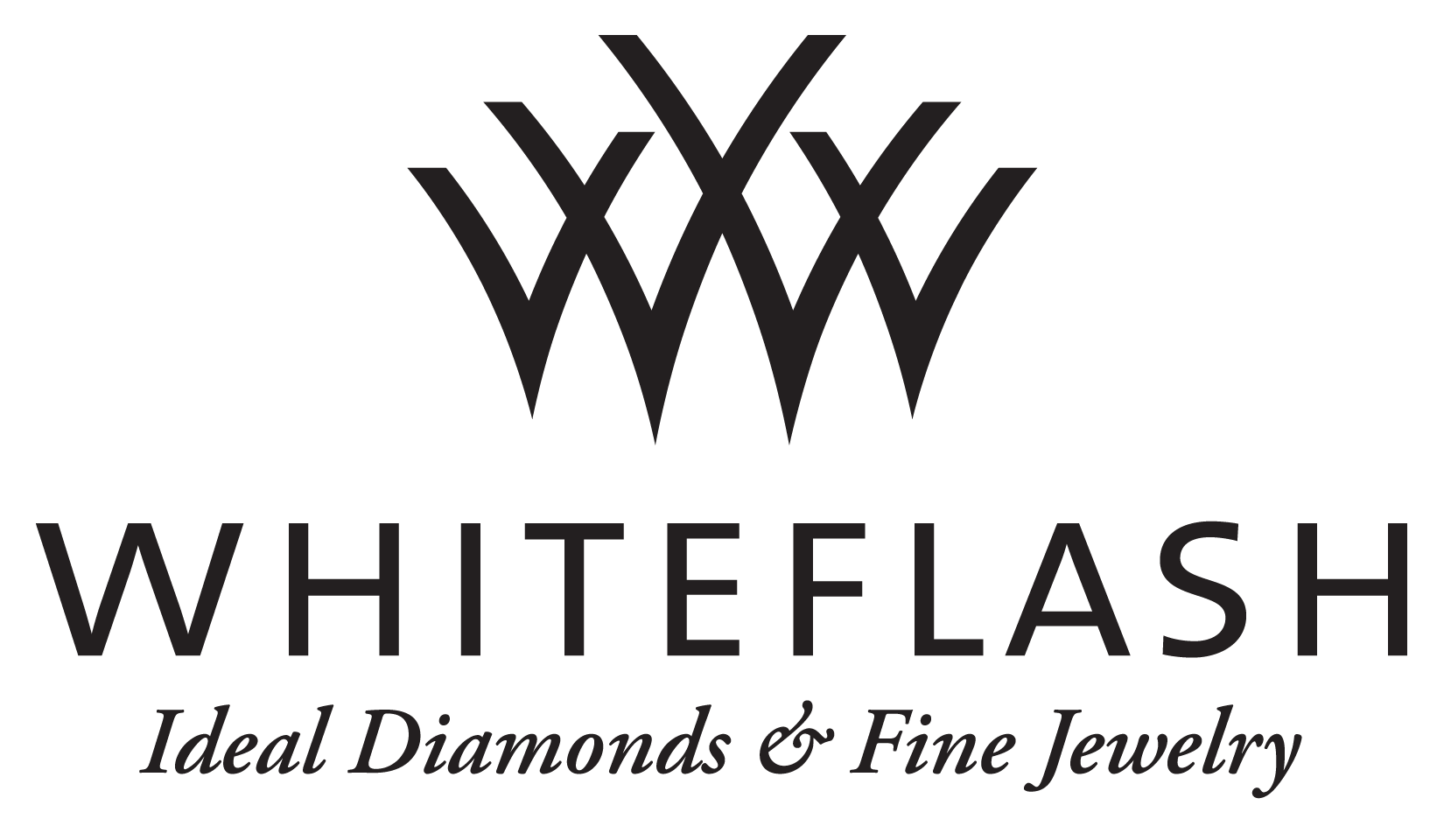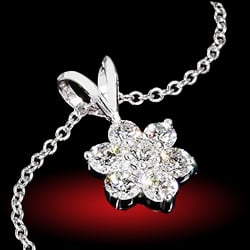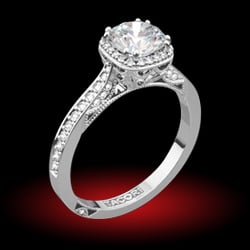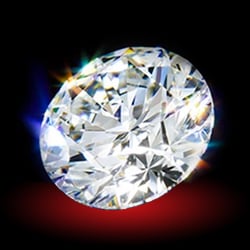Does anyone know whether it is possible for a sapphire to contain traces of BE treatment, but not be 100% BE heated?
For example, the stones are gently heated in the same machine that is used for the more advanced BE treatment and as a result have picked up traces of BE?
Hopefully you get what I mean lol
Thanks
For example, the stones are gently heated in the same machine that is used for the more advanced BE treatment and as a result have picked up traces of BE?
Hopefully you get what I mean lol
Thanks







300x240.png)